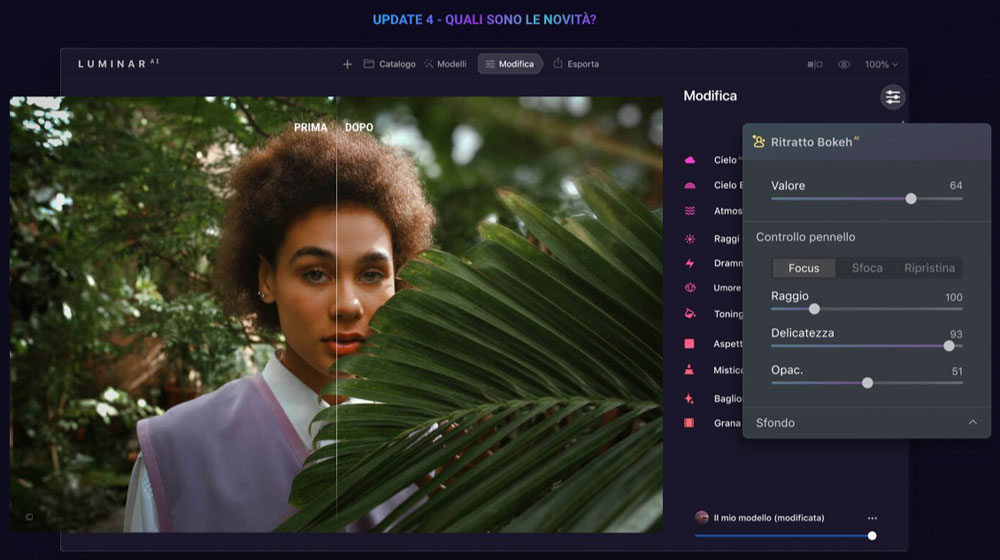


Many core features remain similar (but updated and improved) therefore, that article and our photo examples will perfectly demonstrate what you can achieve with Luminar in a few clicks.Īnd the purpose of this post is primarily to focus on the new tools available in Luminar Neo. The update is set to arrive next week, with the exact date to be confirmed. Skylum has said that it will provide visual preview of Textures, controls that allow for more accurate Sky positioning, and more than 50 bug fixes to make general speed and operation a little easier. If you need to get more familiar with Luminar and how it works, we suggest you read our post about Luminar 4. The Lumiar AI Update 4 includes a few other treats as well. One of the most significant updates to the Luminar NEO happened just earlier this month (November 2022), so we thought now would be a good time to check it out. According to the first reviews, the initial version of the new editor looked more like a beta version of the application, and only after a couple of updates all the bugs were fixed, and all the initially promised features became available. In February 2022, Skylum released Luminar Neo. It seemed like a minor upgrade both apps shared the majority of tools, so we decided that Luminar 4 was more than enough for our needs. Luminar 4 was followed by the Luminar AI version, which we skipped. During these two years, the program has not become our primary photo editing tool, but as a plugin for Lightroom, it was often handy: for example, when we needed to quickly retouch a series of portraits for a client. In 2020 we reviewed Luminar 4, an easy-to-use photo editing software powered by AI technology that can be used as a standalone app or a plugin for Adobe Lightroom Classic or Photoshop.


 0 kommentar(er)
0 kommentar(er)
